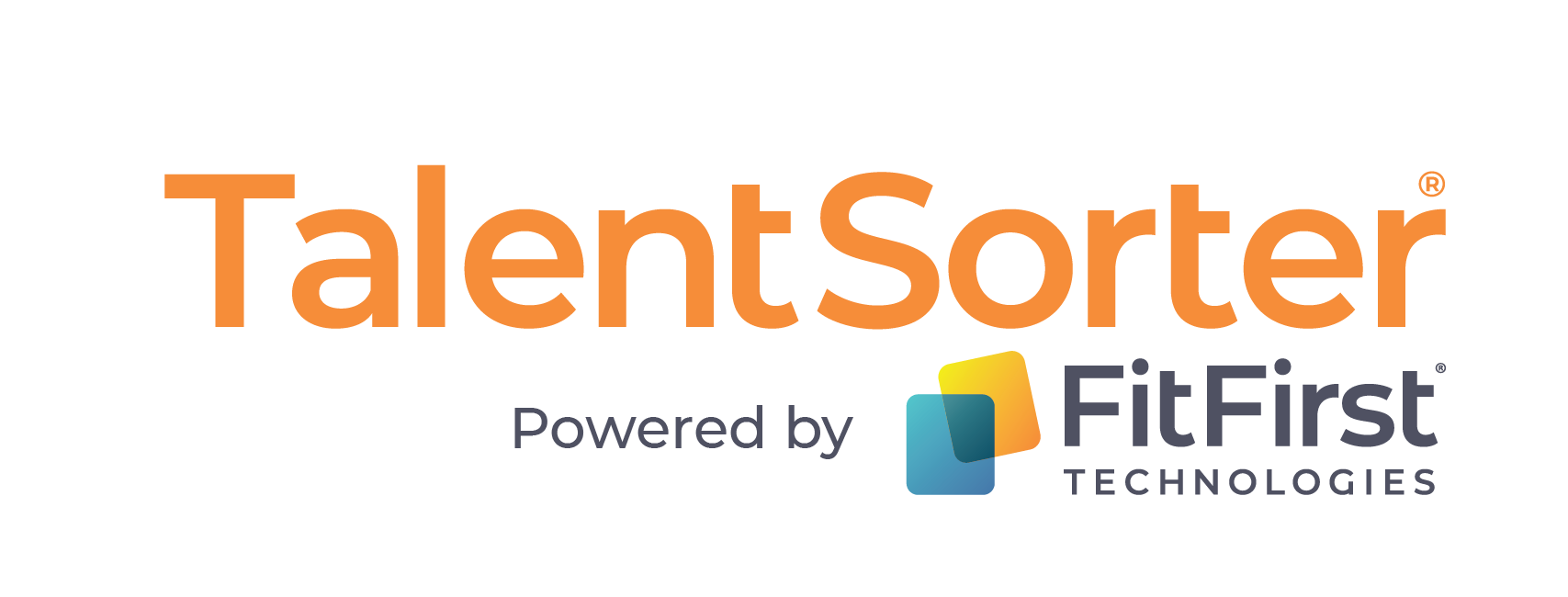1. Inadequate capability
Capability refers to the skills, tools, and experience that a person needs in order to successfully perform her job. When any of these factors are missing, there is an increased chance that the employee will underperform.
It isn’t uncommon for hiring professionals to overlook these basic factors, especially if a candidate has solid academic credentials and comes across as intelligent and confident in a job interview. Furthermore, it’s no secret that most candidates exaggerate their abilities on their résumés and job applications.
Diagnostics that help you identify if an underperforming employee has adequate capability:
- Skills – Do you know what skills are needed to perform the job and whether the employee possesses those skills? If she doesn’t possess the necessary skills, how will you help her acquire them, and how long do you expect that process to take? Skills training takes time and money, and results are never guaranteed unless there is adequate commitment from both the manager and the employee.
- Tools – Even if an individual has the skills and experience to do the job, does he have the tools to deliver peak performance? For example, a highly skilled and experienced web designer can’t build a website without adequate computer hardware and software. The tools don’t have to be the most up-to-date, but a system that crashes can be incredibly frustrating and unproductive, even to the best performer.
- Experience – Just because an employee has the skills to do a job doesn’t mean that he has the experience to apply those skills in his specific position. This is especially true for recent graduates, outside hires from different industries, and internal hires from different departments.
2. Poor job fit
Many people fall into the trap of choosing a profession or job that is a bad fit. We are who we are. Our “mental DNA” is influenced by both our genetics and our early life experiences, and it is almost completely formed by the time we are 20 years old. Rather than trying to understand ourselves so that we can choose a calling that builds on our strengths and aligns with our interests, we choose jobs because of peer pressure and societal influences.
It is important to understand a person’s innate behaviors and interests when trying to match him with the right job. Know the job, know what type of person is successful in that job, and then hire others who have the behavioral traits that fit that job. This is easier said than done because it is difficult to gauge behaviors in a job interview, but behavioral assessments can be extremely helpful to close this gap.
3. Fuzzy goals and accountabilities
Employees need to be very clear about their responsibilities and about the results you expect them to achieve. Daily work and priorities are easily affected by the crisis of the day, new requests, or changes in direction. Setting and tracking smart goals helps your employees focus on what is most important to your business, and clear accountabilities help ensure that the work gets done with minimal conflict.
4. Poor relationship with manager
Managers and employees who understand each other’s preferred styles will better understand how to communicate and work together effectively. We have identified seven factors that strongly predict the compatibility between a manager and her workers: self-assurance, self-reliance, conformity, optimism, decisiveness, objectivity, and approach to learning. Assessing a manager and her employees allows her to use objective information about herself and her workers so that they can work more effectively toward a common goal.
5. Poor relationship with coworkers
There are four primary factors that harm relationships among coworkers:
- Insensitivity toward others
- Unclear accountabilities
- Poor cultural fit
- Incompatible styles
6. Health and wellness issues
Approximately $260 billion in output is lost each year in the US because of health-related problems. Whether they are absent from work altogether, or present but working at a reduced capacity, employees suffering from physical or mental illness have difficulty performing at their peak.
7. Physical and environmental factors
Numerous behavioral studies have proven that a pleasant and comfortable work environment improves worker productivity and reduces turnover. For example, indoor temperature affects several human responses, including thermal comfort, perceived air quality, sick building syndrome symptoms, and performance at work. Researchers in Finland showed that when the interior air temperature was 30 degrees C, worker performance was 8.9% below worker performance at the optimal temperature of 22 degrees C.

